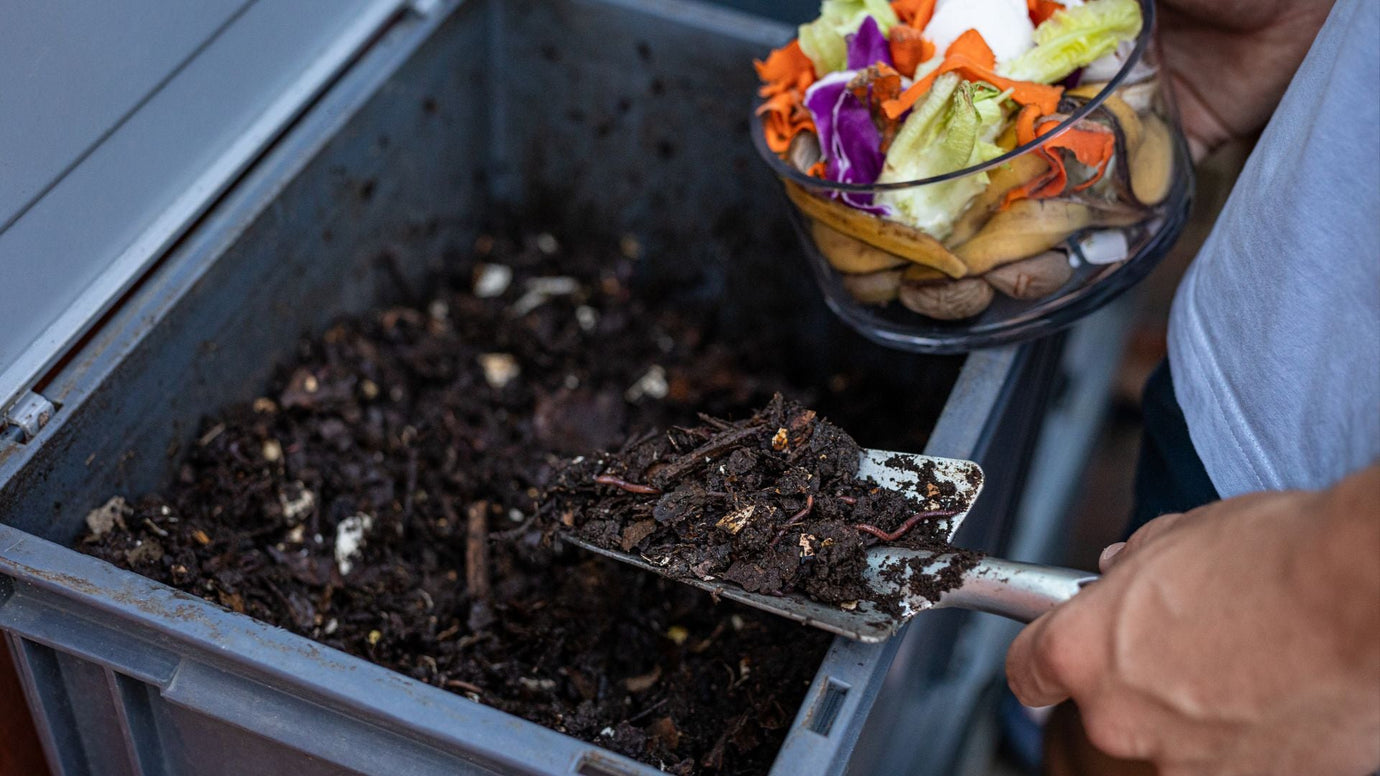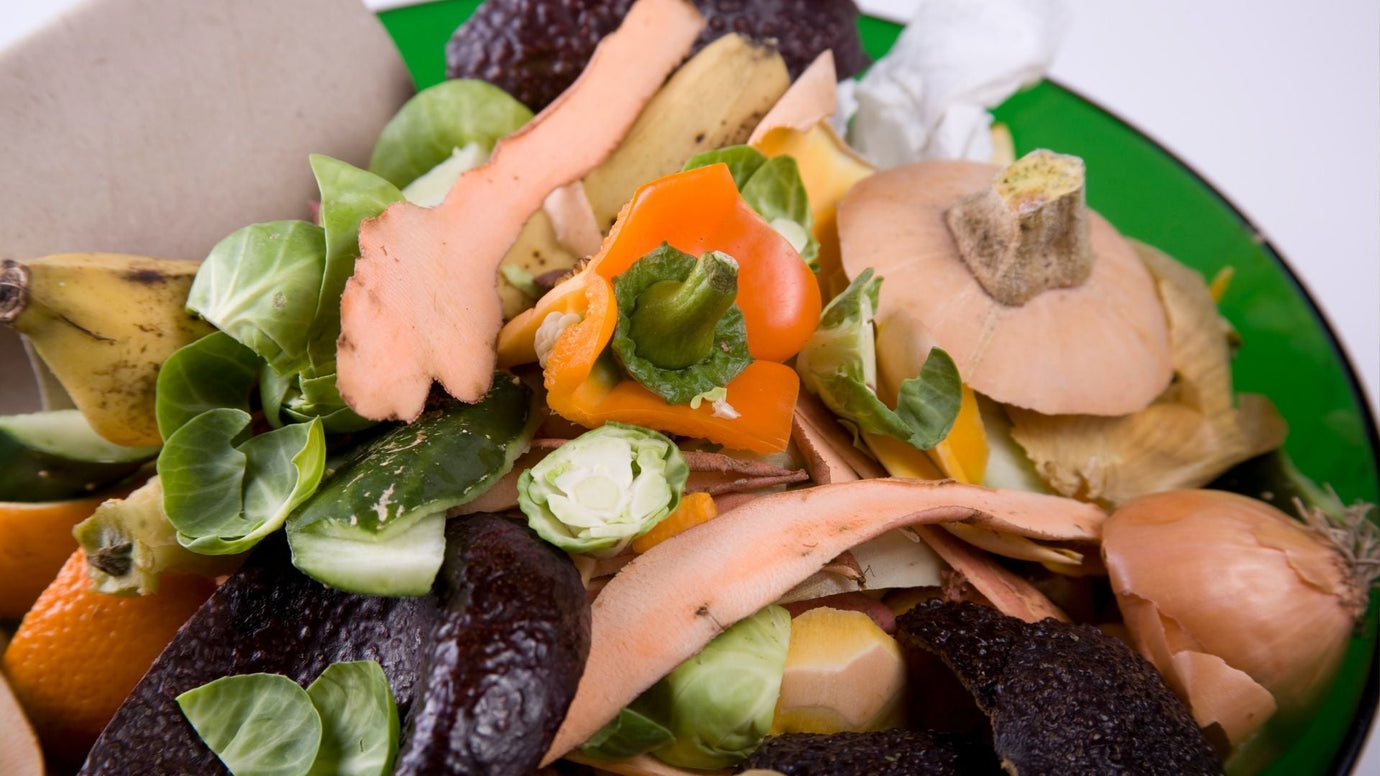Composting Tips to Enrich Your Garden Soil This Spring
The spring season is in full bloom, fellow green thumbs, and it’s the perfect time to kickstart your composting efforts and enhance your garden soil for optimal growing ahead. This spring, let’s delve into recommended composting techniques that will boost the health of your plants and elevate your gardening game!
1. Layering for Success
Consider a structured layering approach instead of just tossing materials into your compost pile. To promote airflow, start with coarse materials at the bottom, like small branches or straw. Then, alternate layers of greens and browns.
This is also known as the “lasagna” method—layering materials in thin sheets. This helps with aeration and moisture retention while creating a more balanced environment for decomposition.

2. Hot Compost
If you’re looking for a quick turnaround, the hot compost technique can produce finished compost in a couple of weeks. This technique involves creating a compost pile that reaches high temperatures to accelerate decomposition.
To Achieve This:
-
Aim for a pile of at least 3 feet by 3 feet to retain heat.
-
Include a good mix of greens and browns, ensuring the ideal moisture level.
-
Turn the pile every few days for optimal aeration and temperature.
A mix of fresh grass clippings, vegetable scraps, and shredded leaves can help you reach the sweet spot of 130-160°F necessary for hot composting.
3. Compost Tea
Once your compost is ready, consider brewing compost tea. This nutrient-rich liquid can be used as a natural fertilizer for your plants. To start brewing, steep finished compost in water (1 part compost to 5 parts water) for 24 to 48 hours. Strain the mixture and use it to water your plants or as a spray. Add molasses or fish emulsion to the tea for additional nutrients and microbial activity.
4. Bokashi Composting
Bokashi composting is an excellent method to compost kitchen scraps fast. This anaerobic process ferments organic waste with the help of beneficial microbes.
Layer kitchen scraps with Bokashi bran (which contains the necessary microbes) in a Bokashi bin. After about two weeks, bury the fermented waste in your garden soil. It will decompose quickly to enrich the soil. This method allows you to compost meat and dairy as well, which are typically not suited to traditional composting methods.
5. Incorporating Biochar
Biochar is a type of charcoal that can be added to your compost or soil to improve its structure and nutrient retention. It helps retain moisture and provides a good habitat for beneficial microbes.
How to Use It:
-
Mix biochar into your compost pile to enhance microbial activity.
-
Alternatively, add directly into your garden beds before planting.
Tip: Soak biochar in compost tea before adding it to your soil to activate its nutrients.
6. Monitor Soil Health
As you compost, keep an eye on your soil health. Conduct simple tests to assess pH, nutrient levels, and microbial activity. This will help you adjust your composting techniques accordingly. You can also use a soil test kit to analyze nutrient content and amend your compost if needed.
7. Timing and Application
Spring is the ideal time to apply compost to your garden. Spread a layer of finished compost over your beds or mix it into rows before you start growing.
For perennials and established plants, apply compost around the base and gently work it into the soil. This will give them a nutrient boost as they wake up from winter dormancy.
Final Thoughts
Spring is a time of renewal, and with these alternative composting techniques, you’re well on your way to enriching your garden soil for a thriving season. Remember, composting is an art that improves with practice and patience. So experiment, observe, and enjoy the journey of nurturing your garden. May your plants flourish this spring!







